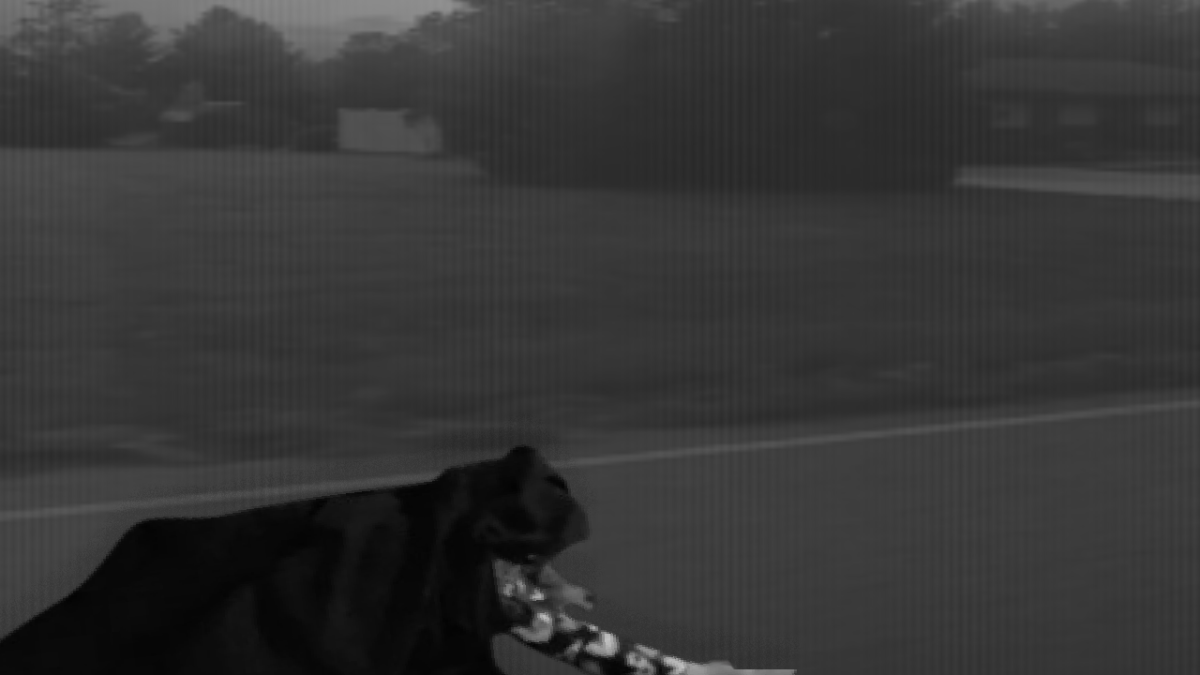Halloween is a holiday estimated to have started 2000 years ago with the Celts originally as a harvest. Eventually, Halloween became the tradition we all know and love. It’s the day of the year when people dress up in costumes and go out at night for candy and fun. Or, as a popular notion suggests, the scariest time of year.
As Halloween is the scariest time of the year, what makes it so frightening? Is it the costumes? Maybe. The movies? Possibly. But what truly makes this holiday terrifying? The answer lies in the things we don’t typically think or worry about on Halloween. Laced candies, theft, and the scariest of them all, car accidents, are the true horrors that often go unnoticed.
On Halloween night, random dangers rise from the dead and increase by about 17%. In some states, such as Florida, criminals put on Halloween costumes and masks to escape their troubles, which, of course, lands them in even more trouble if caught. However, you don’t necessarily need to be concerned about this because it’s not like you were involved in such acts… or are you??
So, what should you worry about on Halloween? The second most dangerous concern is laced candies. What are laced candies? These are candies that may contain drugs, poison, or even razor blades. Although laced candies are pretty uncommon—nobody really does that—it’s still a concern after Halloween.
If you find yourself with some laced candy or maybe you even ate one, here’s some advice: if you consumed laced candy, seek medical attention immediately. If you have candy that looks even slightly tampered with, it’s best to throw it out.
While laced candies are a threat, the more pressing concern is car-related “accidents,” which are the most dangerous risks on Halloween. Awareness of the increased likelihood of car accidents is crucial. The National Safety Council reports that children are more than twice as likely to be hit and fatally injured by a vehicle on Halloween compared to any other day of the year. This increased risk is linked to reduced visibility due to dim lighting and dark-colored costumes.
In conclusion, while Halloween may be a time for fun and celebration, it’s crucial to carry the lessons of vigilance and safety beyond the holiday. The awareness of potential hazards extends into our daily lives, reminding us to remain cautious and proactive in protecting ourselves and our loved ones all year round. By fostering a culture of safety, we can ensure that every season is a time for joy without compromising our well-being.





